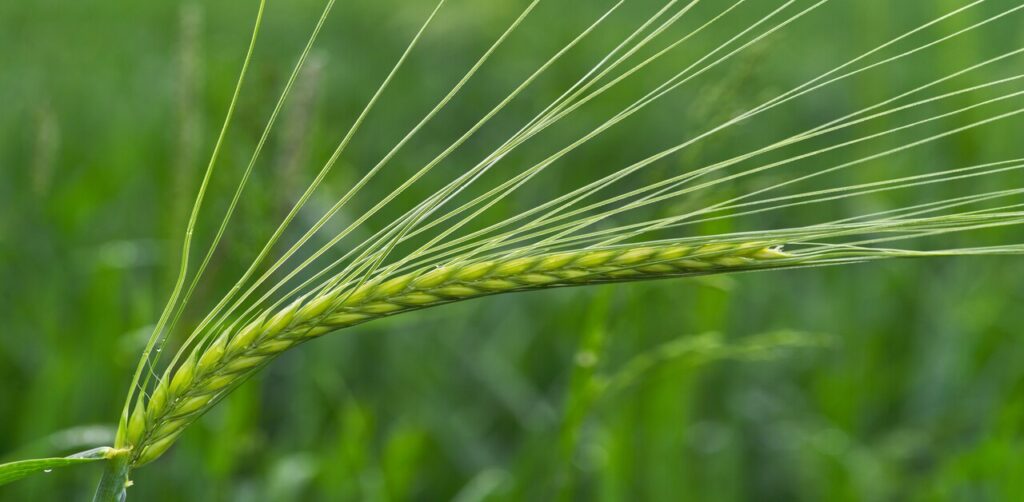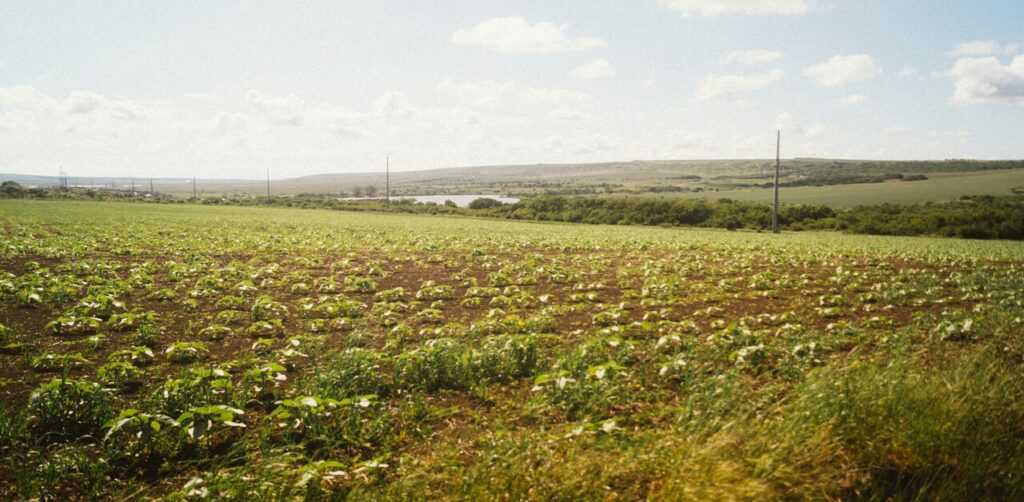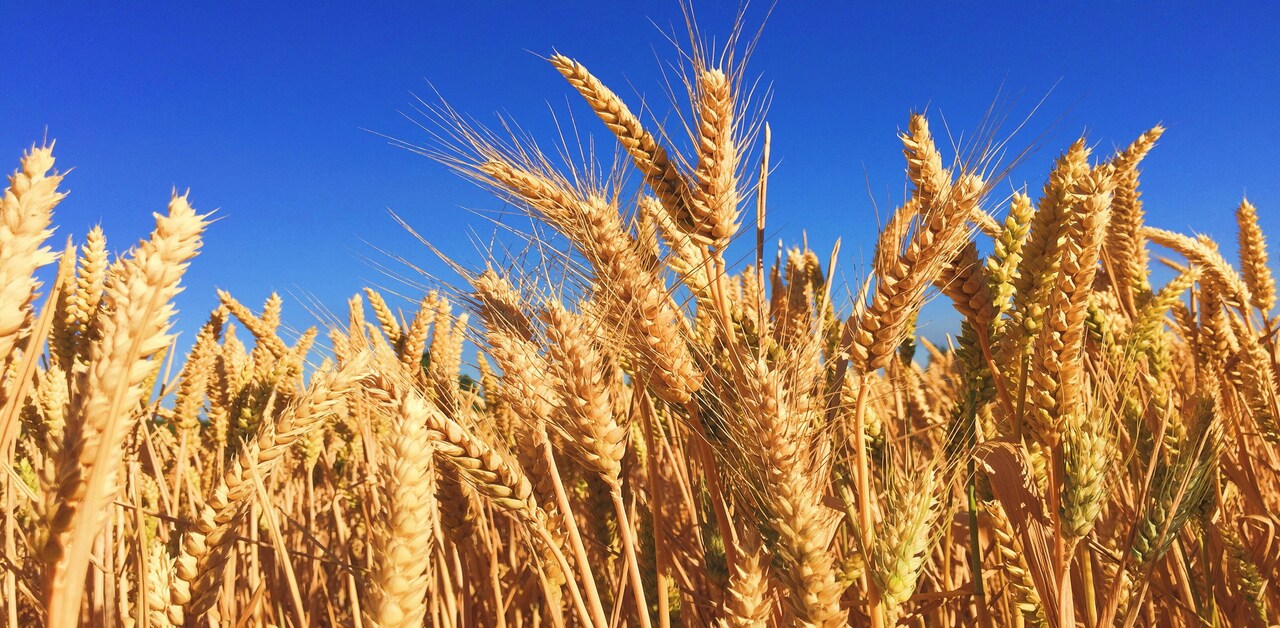The Rabi crops constitute a significant part of the agricultural system in India, as it is predominant in the provision of food security and economic stability. These crops can meet the domestic food demand and also the exports, as well as the agricultural economy of the country.
Rabi is a word that was derived using the Arabic word, which translates to spring, because these crops are picked during the spring season. The crops are planted mostly during the winter months and are harvested during the summer period.
The cultivation in Rabi is mainly based on irrigation, which falls during the dry season that follows the monsoon.
In this article, we will discuss Major Rabi crops, Distribution, Important climatic conditions, Challenges, etc
Definition of Rabi Crops
Rabi crops are crops planted throughout the winter season (between October and December) and which are produced during the summer season (between April and June).
They also depend more on irrigation than the rainfall because they are cultivated during the post-monsoon season when the soil has a large quantity of water.
These crops cannot grow in warm climatic conditions, but in cool and warm dry weather, they are supposed to grow and be grown respectively, and then to be ripened and picked respectively.
Simply, rabi crops form the other name as winter crops, where the crops are planted and mature throughout the cold season.

Major Rabi Crops in India
India has a large number of rabi crops depending on the type of soil and climatic conditions in the regions. Some of the rabi crops are:
1. Wheat: Wheat is the most significant rabi crop in India, which is the staple food of millions of people.
Mostly, it is cultivated in states such as Punjab, Haryana, Uttar Pradesh, and Madhya Pradesh.
2. Barley: It is consumed in the brewing industry and as fodder to animals, and it thrives in dry and cool areas.
3. Gram (Chickpea): Gram is one of the major pulse crops, and it improves the fertility of the soil by fixation of nitrogen, which is high in protein content.
4. Mustard: This is one of the main oilseed crops that thrives in northern India. Mustard makes available of edible oil and animal fodder available as the product of the seeds and leaves.
5. Peas: Peas are both a vegetable and a pulse crop and grow well in cool climatic conditions.
6. Lentil (Masoor): Lentils are an important pulse crop with main production in Madhya Pradesh, Uttar Pradesh, and Bihar, making the crop rich in protein.
7. Oats and Linseed: These are other valuable rabi products, which are cultivated as food, fodder, and also as a source to extract oil.
If you are interested in buying the “Oxford Student Atlas for India | 6th Edition,” then you can click here.
Climatic Conditions Required for Rabi Crops
Rabi crops cannot grow successfully under the following climatic conditions:
1. Temperature: Low temperatures of 10°C to 20°C when sowing, average temperatures when harvesting.
2. Rainfall: Low rainfall during the growing season and too much rain may spoil crops.
3. Irrigation: Artificial irrigation using canals, wells, and tube wells is essential, as during the time the natural rainfall is small.
4. Soil Type: Soils that are Fertile, alluvial, and loamy with good drainage are favorable to rabi.

Geographical Distribution of Rabi Crops in India
Rabi crops are commonly grown in the north and north-west regions of India, where the winters are long and chilly. Large rabi-producing states are:
1. Punjab, Haryana, Uttar Pradesh, and Himachal Pradesh -The top producers of wheat and mustard.
2. Madhya Pradesh and Rajasthan- The state is famed as a gram, barley, and mustard producer.
3. Bihar and West Bengal – Cultivate wheat, pulses, and peas in large quantities.
4. Maharashtra and Gujarat -Consider oilseeds and pulses through irrigation.
Importance of Rabi Crops
Rabi crops are of great significance to the agrarian economy of India and the food system:
1. Food Security: Wheat and pulses are some of the crops produced by India and used by millions of people.
2. Economic Value: Rabi crops are also important in terms of the agricultural GDP and export revenues in India.
3. Employment: They are a source of livelihood to millions of rural workers and farmers.
4. Nutritional Value: Pulses and oilseeds give the Indian diet power of protein and required fats.
5. Diversification of Crops: Rabi crops are contributing to keeping the soil fertile and eliminating monsoon-based crop reliance.

Challenges in Rabi Crop Cultivation
Although the rabi crops are significant, several challenges influence the production of rabi crops:
1. Water Scarcity: Relying on irrigation intensifies the stress of water scarcity in dry and semi-arid areas.
2. Climate Change: Unpredictable effects by temperature variations and unplanned rains have an influential effect on yield and quality.
3. Soil Degradation: This is a result of continuous cultivation and excessive use of chemical fertilizer that lower vegetation productivity.
4. Market Instability: There is a decline in price variation and minimum support price (MSP), which impacts the income of the farmers.
If you want to read an article about the Minimum Support Price(MSP) in detail, you can click on it.
Conclusion
In the winter season, the agricultural productivity of India is based on Rabi crops. They have a huge contribution to food supply, nutrition, and livelihoods in rural areas.
Through appropriate irrigation systems, green agriculture, and good government assistance, the rabi crop farming will still thrive and support millions of farming families in the Indian continent.
The development of this sector is very important to attain food security and the general development of the Indian agricultural economy.

